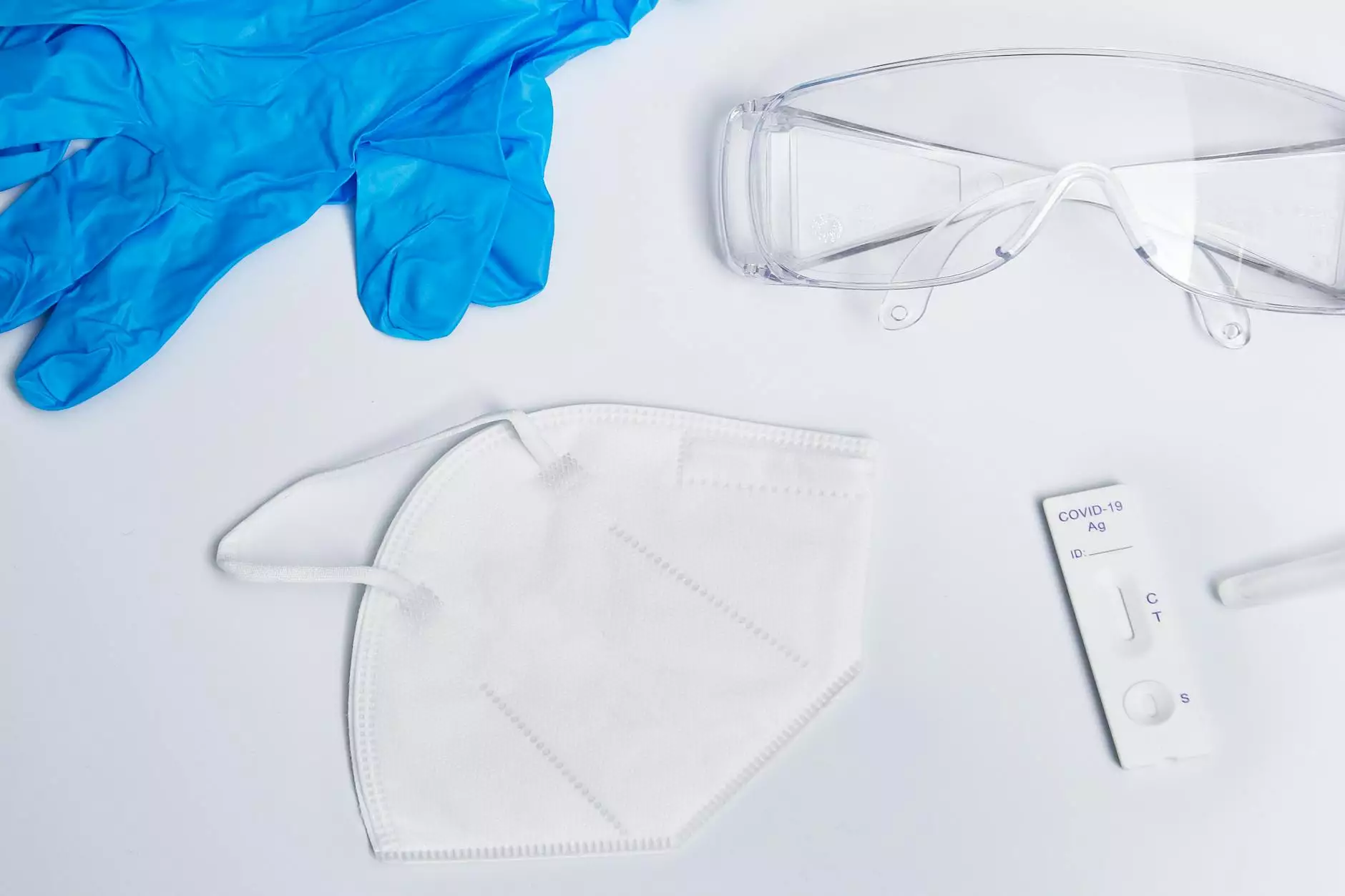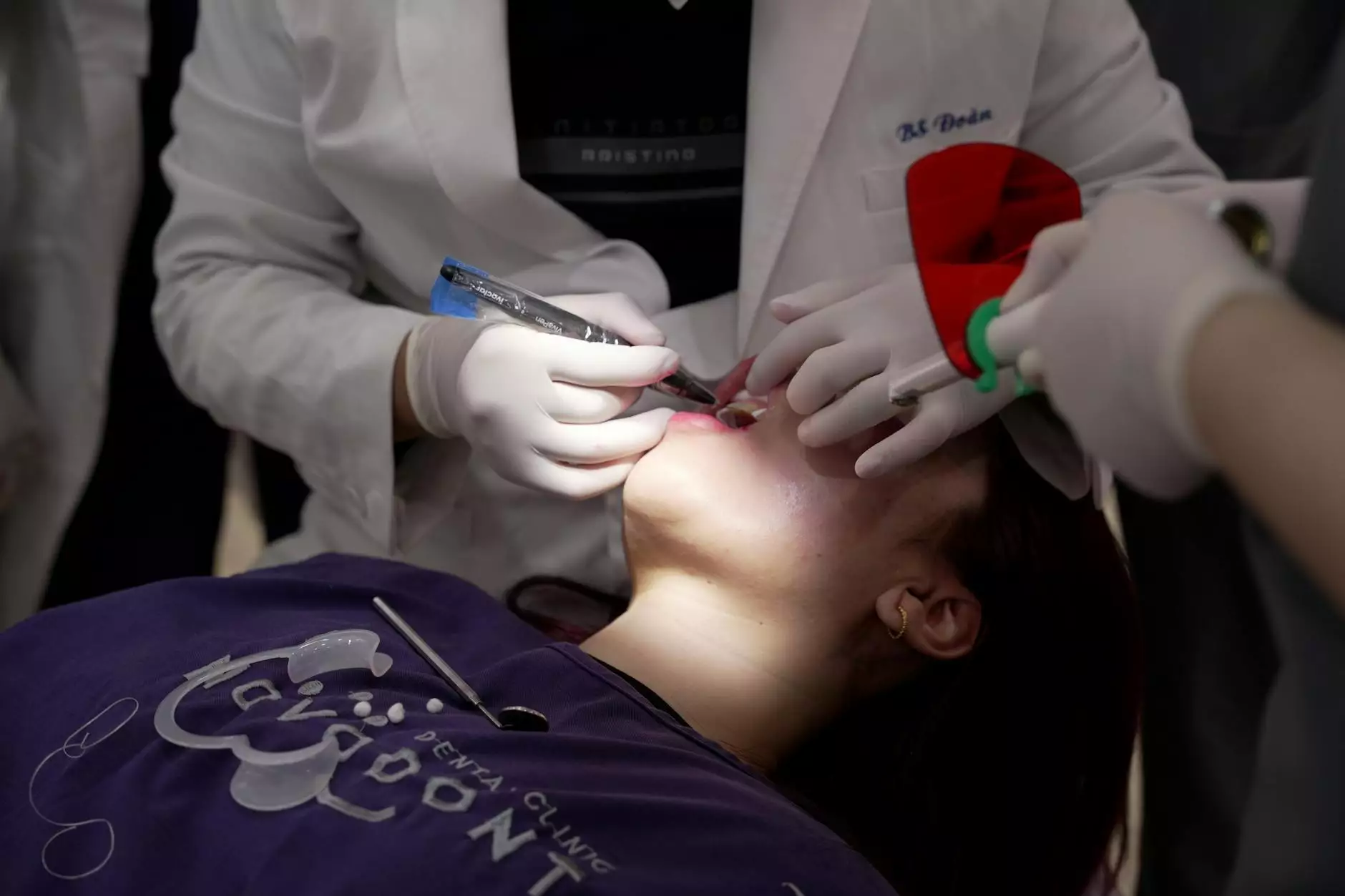Laparoscopic Bilateral Salpingo Oophorectomy: A Comprehensive Guide

Laparoscopic bilateral salpingo oophorectomy is a significant surgical procedure with various implications for women's health. This minimally invasive technique is used for the removal of both ovaries and fallopian tubes. In this article, we will delve deeply into what this procedure entails, its indications, benefits, risks, recovery, and more.
Understanding the Procedure
The term laparoscopic bilateral salpingo oophorectomy can be broken down into its components for better understanding:
- Laparoscopic: Refers to the use of a laparoscope, a small camera that allows surgeons to view the abdominal cavity through small incisions.
- Bilateral: Indicates that both sides of the body are involved — in this case, both ovaries and fallopian tubes.
- Salpingo: Relates to the fallopian tubes.
- Oophorectomy: The surgical removal of one or both ovaries.
Indications for Laparoscopic Bilateral Salpingo Oophorectomy
There are several medical indications for which a laparoscopic bilateral salpingo oophorectomy may be deemed necessary:
- Ovarian Cysts: Large or symptomatic cysts can lead to discomfort and potential complications.
- Endometriosis: A condition where tissue similar to the lining inside the uterus grows outside it, often leading to pain and infertility.
- Ovarian Cancer: This surgery may be performed as a treatment or preventive measure for those at high risk.
- Genetic Predisposition: Women with hereditary breast and ovarian cancer syndrome may opt for this procedure to reduce their cancer risk.
Benefits of Laparoscopic Surgery
There are several benefits of the laparoscopic approach to performing a bilateral salpingo oophorectomy:
- Minimally Invasive: Smaller incisions lead to less pain and a quicker recovery time compared to traditional open surgery.
- Reduced Scarring: The smaller the incision, the less noticeable the resulting scars.
- Lower Risk of Infection: With fewer open areas, patients face a reduced risk of postoperative infections.
- Shorter Hospital Stay: Most patients can go home on the same day or the next day after the surgery.
Procedure Overview
The procedure itself generally follows these steps:
- The patient is anesthetized and placed in a comfortable position on the operating table.
- Small incisions are made in the abdomen, typically near the navel.
- A laparoscope is inserted through one of the incisions, allowing the surgeon to visualize the internal organs.
- Specialized instruments are then inserted through the other incisions to remove the ovaries and fallopian tubes.
- The removed tissues are sent for pathology analysis, and the incisions are closed.
Recovery After the Procedure
Recovery from a laparoscopic bilateral salpingo oophorectomy is considerably faster than that from traditional surgery, but patients should still follow specific guidelines:
- Rest: Adequate rest is essential to ensure proper healing.
- Pain Management: Over-the-counter pain medication or prescribed medications may be needed.
- Follow-up Appointments: Attend any scheduled follow-up visits with your doctor to monitor recovery.
- Watch for Symptoms: Be vigilant for signs of infection, such as fever or unusual discharge.
Potential Risks and Considerations
Though laparoscopic surgery generally has fewer complications than open surgery, it’s important to be aware of potential risks:
- Injury to Surrounding Organs: Rarely, surrounding organs may be accidentally injured during the procedure.
- Bleeding: There can be bleeding at the incision sites or internally.
- Infection: Despite being less common, there is still a risk of infection.
- Adhesions: Scar tissue may form after surgery, leading to complications in the future.
Conclusion
The laparoscopic bilateral salpingo oophorectomy is a pivotal procedure for many women facing health challenges related to ovarian or fallopian tube conditions. Understanding this procedure's indications, benefits, and recovery process is crucial for prospective patients. At drseckin.com, we ensure that women receive comprehensive care and advice regarding their gynecological health. If you or someone you know is considering this surgery, it’s essential to consult with a healthcare professional who can provide tailored advice and support.









